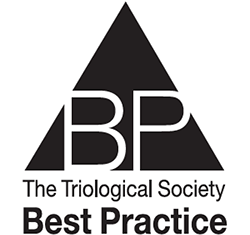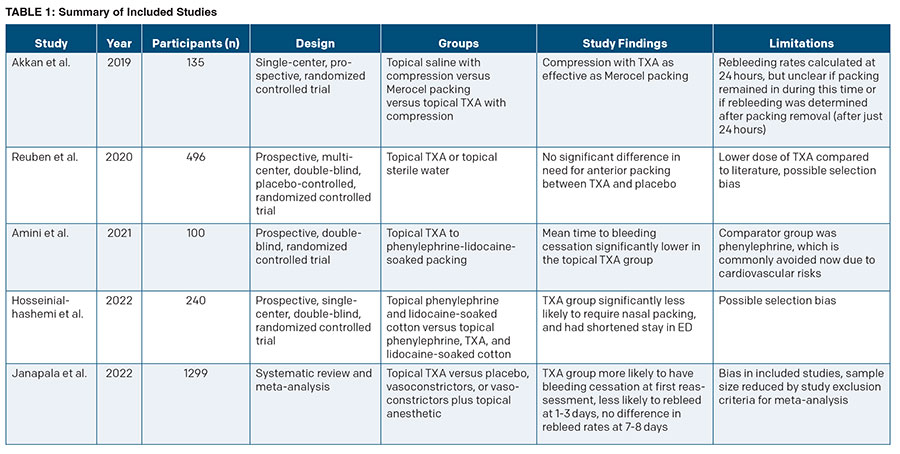 TRIO Best Practice articles are brief, structured reviews designed to provide the busy clinician with a handy outline and reference for day-to-day clinical decision making. The ENTtoday summaries below include the Background and Best Practice sections of the original article. To view the complete Laryngoscope articles free of charge, visit Laryngoscope.com.
TRIO Best Practice articles are brief, structured reviews designed to provide the busy clinician with a handy outline and reference for day-to-day clinical decision making. The ENTtoday summaries below include the Background and Best Practice sections of the original article. To view the complete Laryngoscope articles free of charge, visit Laryngoscope.com.
Explore This Issue
April 2025BACKGROUND
Epistaxis is a common emergency department (ED) presentation. Many cases are self-limited, but other cases may require an intervention to stop bleeding. Methods to manage epistaxis include nasal compression, topical vasoconstrictors, cautery, nasal packing, and even surgical ligation in severe cases.
Though generally effective, nasal packing is associated with complications such as pain, mucosal irritation, rebleeding with pack removal, infection, and tissue necrosis. As a result, the search for alternative methods to treat epistaxis continues. Tranexamic acid (TXA), a well-known antifibrinolytic agent, is used commonly in the ED in the setting of trauma and has been used in the operating room to reduce bleeding. It has recently gained popularity as a treatment modality for epistaxis. The goal of this review is to determine whether topical TXA is an effective treatment modality for epistaxis.
BEST PRACTICE
A review of relevant literature (Table 1) suggests that topical TXA could potentially be a useful adjunct in the management of anterior epistaxis. The current evidence is somewhat flawed, however, and multiple limitations have been identified. Further study is warranted to ascertain the role of topical TXA in the management of epistaxis.

Leave a Reply